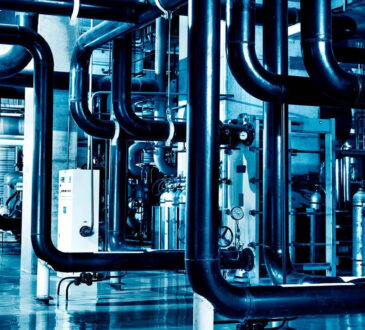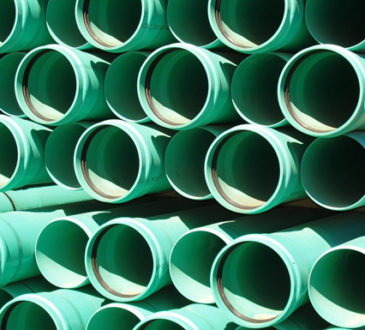
For the past few years, one of the most talked about technology, especially in the construction industry, would be augmented reality. There’s no doubt about that, as it makes the whole team more efficient, productive, safe, and reliable.
That’s why we can even expect that it would continue to grow, and also reach $90 billion by 2020. Likewise, as technology continues to evolve, and increase in adoption among construction companies continues to take place, it would be a standard tool in terms of building projects.
To give you a better idea, here’s how augmented reality is making construction projects more efficient.
Despite that fact that augmented reality is almost similar to virtual reality, these two aren’t the same. Wherein, VR is more of an all-digital experience, while AR utilizes 3D images to show the person’s surroundings, and presents its benefits.
To give you a better idea, a great example of this would be an AR headset that uses cameras and GPS to show real-time data to where the user is located. This could include various information, such as architectural plans, schedules, logistics, and more. It could also access different devices, equipment such as traffic cones, building projects, and many more. The goal of this would be to make everything more efficient.
Better Planning and Previewing
Construction workers use 3D software to create interactive models of the building plans. Wherein, an AR-enabled device makes it possible for the user to superimpose 3D models over 2D sketches and bring them to life. This allows the contractors, designers, and builders to give previews to their clients and perform the necessary changes even before starting with the project.
Collaboration Among Teams Became Easier
With a construction project, the whole team is usually involved, and this includes the designers, planner, builders, managers, and clients. Back in the days, it usually takes time for the whole team to regroup and assess the blueprints, which could often lead to project delays.
However, with the use of AR, it’s now possible for the whole team to take important notes and even videos on building a project in real time. They could send this to other team members for review. This speeds up the whole project, and it could also reduce costs.
Safety Training
Safety training is another aspect in the construction industry where new trends are known for making the workplace safer. With the help of AR, workers could now see different safety scenarios, virtual drills, and even instructions that should be used at the work site.
Owners Can Now Visualize Buildings Before Construction
With augmented reality, owners can now see what the facility will look like in the area it is going to be built. With AR, they can view the digital model of the building, as well as its surroundings.
That means if they want to modify something, this can quickly be done, before construction. This would allow the client to save the right amount and ensure that none of the materials will be wasted.
Work on Quality Assurance and Ensure the Installation Process
With AR, construction crews can now superimpose various layers of the design model and use it on the actual job site. This will allow them to determine if there are any issues, which they could correct right away. Something like this would ensure work efficiency, saving, and accuracy.
Furthermore, in such a case that the owner is thinking of expanding or building something more in the space, they can use AR to have a visualization of what it may look like on the actual structure.
Accurately Take Building Measurements
On a job site, contractors use augmented reality to obtain accurate measurements of space’s dimension, and it’s done digitally. This information can be used as a reference regarding building plans on site, and this also allows the builders to determine if there are any inconsistencies with the project.
Aside from that, with augmented reality, users could also access digital information where virtual views of a building would be displayed against actual physical dimensions. Through this, builders could also troubleshoot projects, modify, and update virtual plans whenever necessary.
Augmented reality also makes it possible for contractors to gather and present all vital information and specifications of a construction site in virtual layers. This ability ensures accuracy and also prevents builders from committing mistakes and forgetting the necessary steps.




